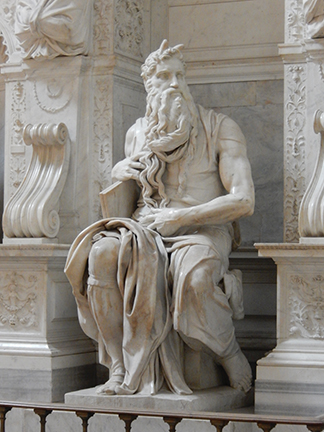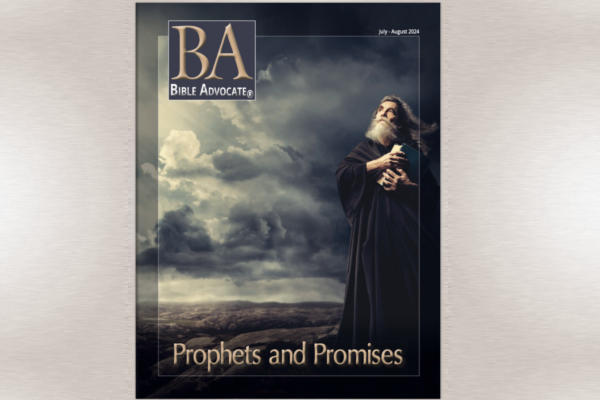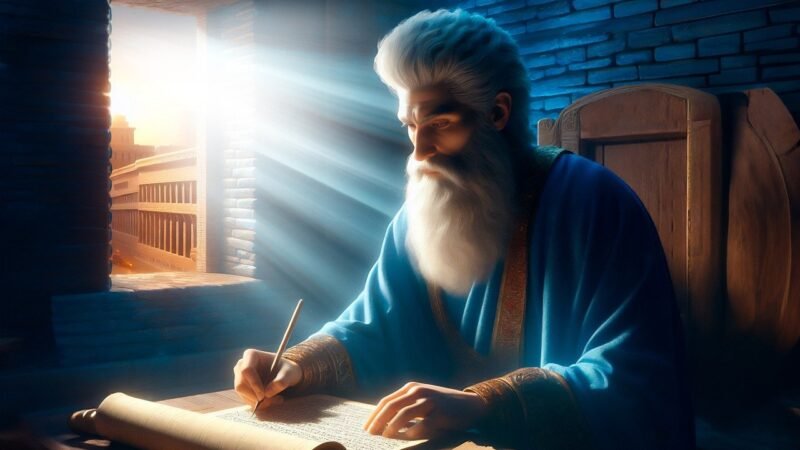“I’ve killed a man, and the thing is known!”
On the heels of that thought, the 40-year-old fled, leaving behind the only life he’d known: the best available education, and probable elevation to leadership of a great nation, escaping instead into an unknown future and unforgiving desert.
Forty years later, the man emerged, called by God and entrusted with leading a million-plus people out of slavery and oppression. Their way wound through a desert wilderness not unlike the one that had inured him to cope with similar dangers and deprivations. At 80 years of age, Moses was a competent, though reluctant, leader, his years of experience having shaped his destiny.
Deliverance and Complaints
Elation over the Israelites’ deliverance from the rigors of Egyptian slavery soon turned to complaints. Boxed in by soldiers behind and the expanse of water ahead, the people felt betrayed by the man who had sought their release. “You’ve brought us out to die in the desert!” No water! Complain. No sustenance! Complain. No variety in diet! Complain. A second cry for water, and Moses, in an outburst of frustration and rage, struck the rock, disobeying God’s instruction. That act alone cost him the honor of leading the people across the finish line into the Promised Land.
“Remember Your Promise”
On Mount Sinai, God gave Moses His commandments, handwritten, engraved in stone. Back at the camp, the people had embraced idol worship. God was ready to destroy them all and raise up a great nation under Moses, but Moses rejected the idea: “Remember Your promise to Abraham to make of him a great nation. The Egyptians will say that You couldn’t deliver on Your promise.”
Moses strongly reprimanded the people for their great sin, yet pleaded with God to forgive them. “Yet now, if You will forgive their sin — but if not, I pray, blot me out of Your book which You have written” (Exodus 32:32). God told Moses to continue the journey and possess the land, but He would not go with them. Moses pleaded with the Lord to change His mind. “So the Lord said to Moses, ‘I will also do this thing that you have spoken; for you have found grace in My sight, and I know you by name’” (33:17).
Pointing to Christ
The voice of God had terrified the people at Mount Sinai amid the thunder and flames, so they said to Moses, “You talk to Him.” Moses predicted that in the future, a prophet would arise like him with a special message for humanity. He knew the people would digress from serving God, once settled in their new land. However, Moses blessed and encouraged them to remain faithful, but also warned them of the dangers of adopting heathen ways.
On the same day, God called Moses (now age 120) to the top of Pisgah on Mount Nebo, situated in Moab across the river from Jericho. From this viewpoint, God allowed him to see all the land that the children of Israel would possess. Moses died there on that mountain, and God buried him in an undisclosed grave. Other great men would follow, yet none of the same caliber as Moses, whom the Lord knew “face to face” (Deuteronomy 34:10).
Moses’ prophetic utterance came to pass in the life and ministry of Jesus. Like Moses’ plea for his people, Jesus cried out from the cross, “Father, forgive them, for they do not know what they do” (Luke 23:34). His message, rejected by His own people, was received gladly by Gentiles. This same message of salvation is yet viable and available to all those who reach out in faith to Christ Jesus.
Call to Leadership
Are you a child of God? How has His grace impacted your life and leadership? Young or old, you can serve God. Perhaps He is shaping you for service. Ask God what He has planned for your life.
From a fugitive to a great leader used mightily by God, Moses left his imprint on the pages of history (Hebrews 11:23-29). What portrait of yourself will you leave behind as a legacy in the annals of the faithful? May that portrait reflect a life led by the Holy Spirit.








